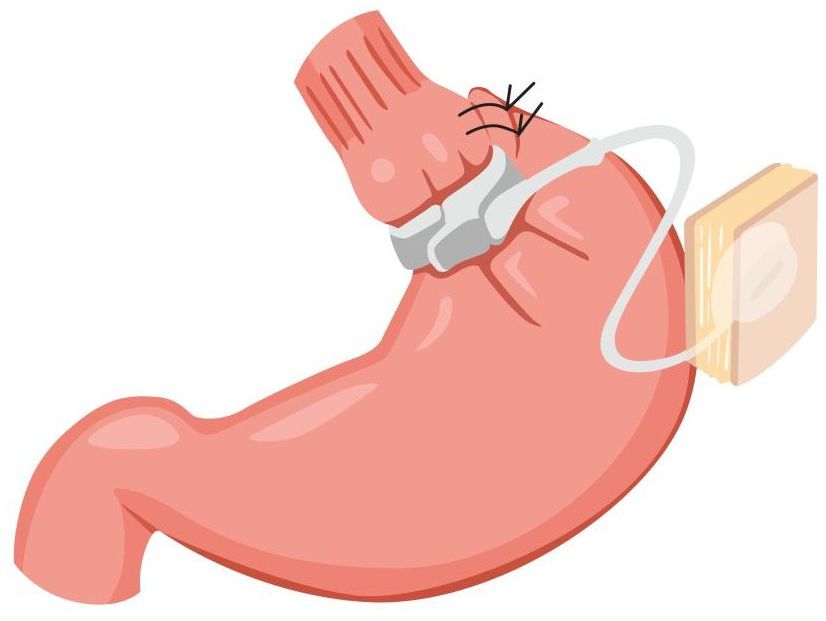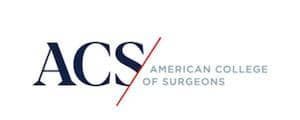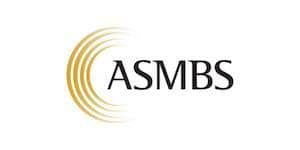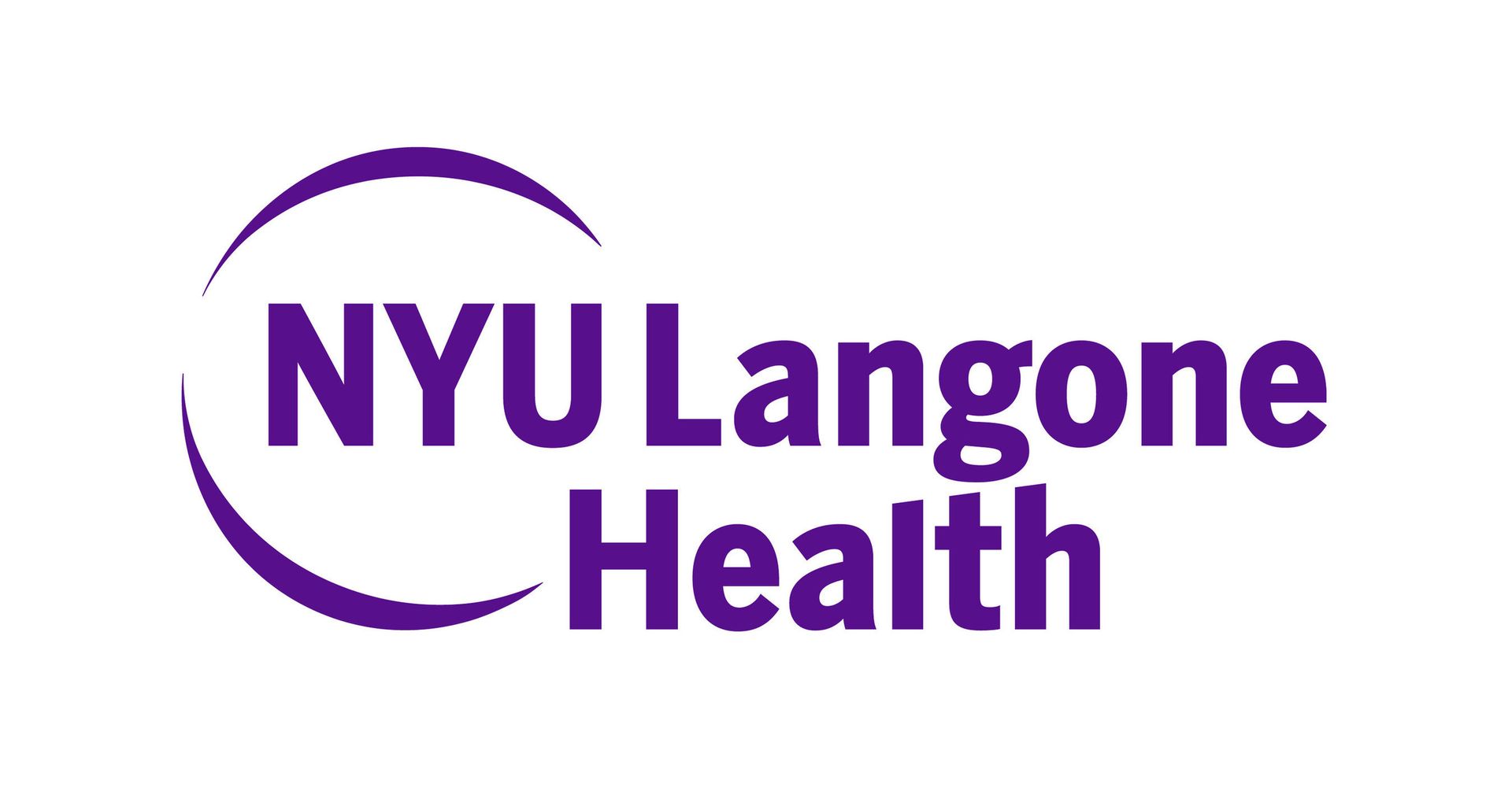Gastric Band
What is the Gastric Band?
The adjustable gastric band (also known as the LAP-BAND) is an inflatable band placed around the upper portion of the stomach, creating a small stomach pouch above the band.
The band is soft silicone and has an inflatable balloon on its inner margin. This balloon is connected by tubing to an access port under the skin on the abdominal wall.
The band is tightened by injecting saline into the access port to limit food intake and increase satiety.
Who is Suitable for Gastric Band Placement?
Gastric band placement is generally recommended for individuals who:
- Meet criteria for weight loss surgery (see ‘Am I a candidate?’)
- Are committed to the lifelong diet, exercise and lifestyle change
- Have obesity and no or minimal gastroesophageal reflux, and no history of oesophageal motility disorders
- Patients with lower BMIs
- Can attend in-person follow-up every few weeks for at least the first year for regular band adjustments
- Can commit to long term follow up
Benefits of Gastric Band Placement
Gastric band placement offers numerous benefits for individuals struggling with obesity and remains a good choice for select candidates. Some key advantages include:
- Effective Weight Loss: Help individuals achieve significant and sustainable weight loss over time.
- Adjustable: The adjustability of the gastric band allows for personalised control of food intake.
- Reversible: the band can be removed if necessary.
- Non-resectional: the stomach and small intestine are not removed, and your anatomy remains intact after this operation
- Fewer nutritional complications
- Reduced Hunger and Portions: The band restricts the food consumed simultaneously, reducing hunger and smaller portions.
- Improved Obesity-related Health Conditions: Weight loss achieved through gastric band removal can improve conditions such as type 2 diabetes, high blood pressure, and sleep apnea.
- Shorter Recovery Time: The minimally invasive nature of the surgery results in a shorter recovery than more invasive bariatric procedures. The procedure is usually performed as a day case.
Alternative Options for Gastric Band Placement
While gastric banding can be an effective weight loss solution for many individuals, alternative options are available for those who may not be suitable candidates or prefer non-surgical interventions. These alternatives include:
- Gastric Sleeve Surgery: Also known as sleeve gastrectomy, this involves removing a portion of the stomach to create a smaller, banana-shaped stomach, resulting in reduced food intake and hormone changes that promote weight loss.
- Gastric Bypass Surgery: Involves creating a smaller stomach pouch and rerouting the small intestine, leading to reduced calorie absorption and changes in gut hormones that contribute to weight loss.
- Medical Weight Management Programs: These programs offer comprehensive support and guidance for weight loss through dietary counselling, exercise plans, behaviour modification strategies, pharmacotherapy and ongoing monitoring by healthcare professionals.
- Lifestyle Modifications: Healthy lifestyle habits, such as a balanced diet, regular exercise, and behavioural changes, can contribute to weight loss and improved overall health.
Gastric Band Risks
Risks specific to laparoscopic adjustable gastric band placement may include:
- Slipped band
- Obstructed band
- Pouch dilatation
- Band erosion
- Band intolerance
- Oesophageal dysmotility
- Port and tubing complications
- Higher rate of revisional surgery
Regular follow-up with appropriate band-filling can prevent or address some of these complications. However, some complications may require additional surgery to remove, replace or reposition the band or its components. Further bariatric procedures may be performed after band removal if required.
Removal of A Gastric Band
Although the gastric band is designed for long-term use, it is simple and quick to remove if required. The procedure will still involve laparoscopic surgery and general anaesthetic. The stomach returns to its original shape once the band is removed and scar tissue is released.
This reversibility is a key advantage of the gastric band over other weight loss procedures and appeals to many patients. If removed, your hunger and appetite usually return to their previous level, and as a result, your weight may go back up.
What to Expect After Gastric Band Removal?
The procedure is performed as a day case. Most patients take seven days off work and must avoid heavy lifting or strenuous activity for at least four weeks after surgery. You will be given oral analgesia to come home with. You can resume a healthy diet immediately postoperatively. Following up with your weight management team after surgery is important, as weight regain is common after band removal.
Gastric Band Removal Care Plan
A comprehensive care plan is essential for a successful recovery and long-term weight loss after gastric band removal. Here are key elements that may be included in your care plan:
- Nutritional Guidance: A registered dietitian will provide personalised dietary guidelines, emphasising portion control, balanced nutrition, and mindful eating habits.
- Regular Follow-up Appointments: You will have scheduled follow-up appointments with your bariatric surgeon and healthcare team to monitor your progress, address any concerns, and adjust your care plan if necessary.
- Psychological Support: Emotional support plays a significant role in the success of your weight loss journey. Counselling services or support groups can help you navigate the emotional aspects of your lifestyle changes and provide guidance for long-term adherence.
- Physical Activity Recommendations: Your healthcare team will provide guidelines for gradually increasing physical activity based on your recovery progress. Regular exercise promotes weight loss, improves cardiovascular health, and enhances overall well-being.
- Monitoring and Surveillance: Ongoing monitoring of your weight, nutritional status, and overall health is crucial for early detection of potential complications and allows for timely intervention if needed.
Gastric Band Removal Risks
Like any surgical procedure, gastric band removal carries potential risks and complications. These risks may include infection, bleeding, wound complications and hernia. However, the overall complication rate for gastric band removal is relatively low.
Our Locations
Consulting Locations
The Avenue Consulting Suites
42 The Avenue
Windsor VIC 3181
The Emeline Medical Centre
138 Glenferrie Rd
Malvern VIC 3144
Warragul Specialist Centre
197-199 Sutton Street
Warragul VIC 3820
www.warragulspecialistcentre.com.au
Operating Locations
The Avenue Hospital
40 The Avenue, Windsor VIC 3181
Contact Us
Business Hours
Mon - Fri: 9:00 am - 5:00 pm
Sat - Sun: Closed
Public Holidays: Closed









